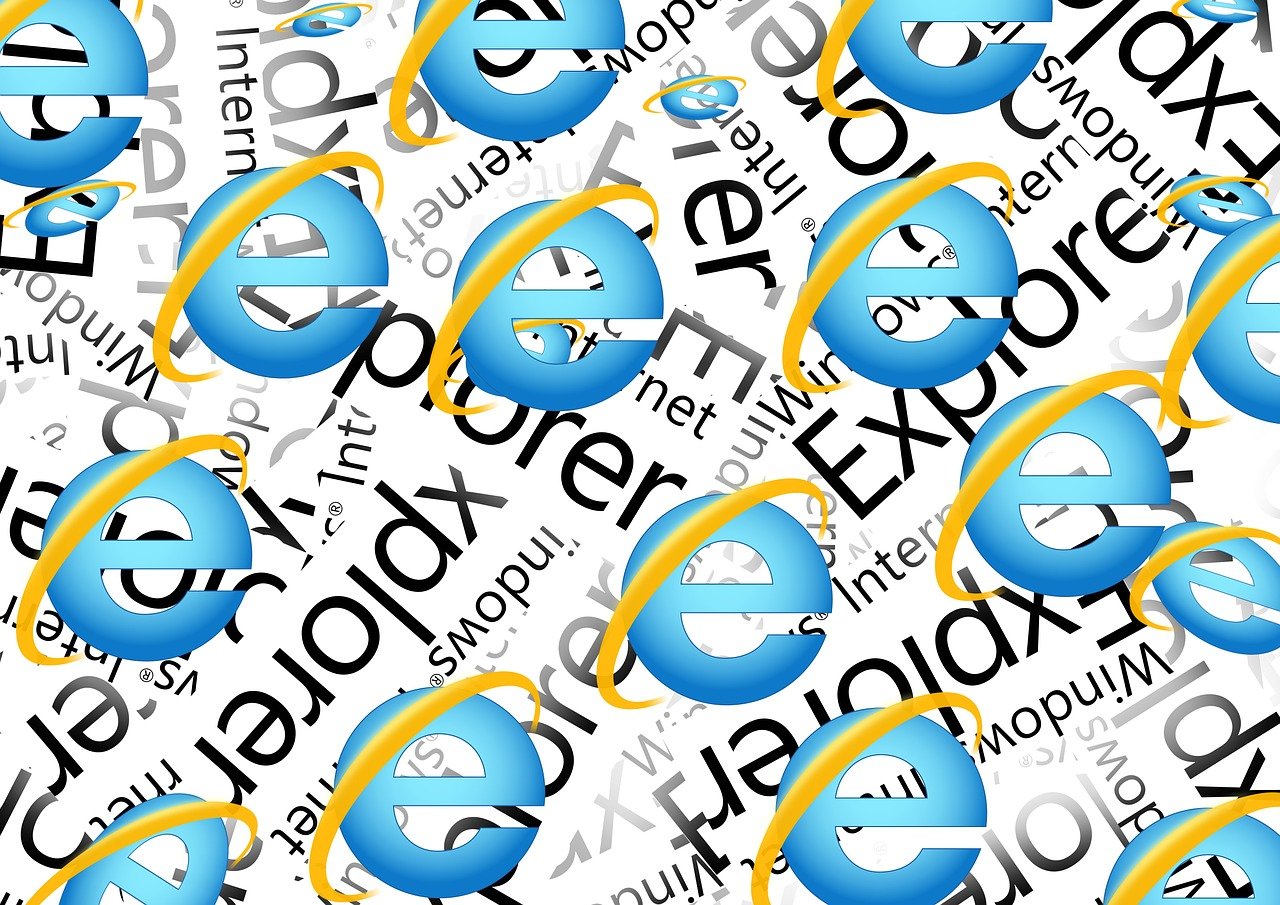
What it was like to navigate the Internet in the ’90s
Navigating the internet in the ’90s was a completely different experience: slower, louder, but also more exciting. At a time when the Internet was still uncharted territory for most people, every click felt like a step into something new and mysterious. There was a real sense of discovery — driven by noisy modems, minimal interfaces, and underlined blue hyperlinks.
The technology of the ’90s offered neither comfort nor speed, but it carried the promise of global connection. All it took was a computer, a phone line, and a good dose of patience to access a universe that was just beginning to take shape before our eyes. Here’s what it was really like to navigate the internet in the ’90s.
The Modem: the sound that opened the web
The first step to navigating the internet in the 90s was getting connected. And that meant hearing an unmistakable sound: a series of buzzes, beeps, and screeches from the 56k modem doing its thing. That sound signaled entry into a new dimension, but also the beginning of a domestic battle for the phone line, since you couldn’t browse and call at the same time.
Connections were unstable — a single incoming call could disconnect everything. Yet each connection felt like a small technological triumph, full of hope and anticipation. The idea of being “online” had a certain magic to it, even if it meant waiting several minutes just to load a single web page.
Early browsers and the patience of loading pages
At the time, the dominant browser was Netscape Navigator, later followed by Internet Explorer. Interfaces were basic, websites were static, with simple colors, default fonts, and minimal graphics. But that made every slowly loading image feel like a victory. Navigating the internet in the ’90s was more about patience than performance.
There was no such thing as responsive design. Pages were written in plain HTML, often created by enthusiasts rather than professionals. Many sites had visitor counters at the bottom of the homepage or blinking “Under Construction” gifs. It was a handmade, artisanal web — and every link was a doorway to some strange and fascinating corner of cyberspace.
Directories and the first search engines
Before Google became the universal gateway, people explored the web through thematic directories like Yahoo! or early search engines like Altavista, Lycos, and Infoseek. Algorithms barely existed — most of the time, you navigated by clicking through categories rather than typing keywords.
Navigating the internet in the 90s also meant learning how to search. You’d open dozens of tabs, follow chains of links, and get lost (and found again) in forums, primitive blogs, and personal homepages. It was an exploratory, horizontal experience — far from today’s algorithmic browsing driven by curated feeds and suggested content.
Chat rooms, forums, and the first digital communities
Online communication already had a strong and lively presence. Instant messaging platforms like ICQ, AIM, and later MSN Messenger changed the way people interacted. Forums, mailing lists, and IRC chat rooms were gathering places for niche interests, where people shared ideas passionately — often with technical depth.
Navigating the internet in the 90s was also a social act. There were no social networks as we know them today, but there was a strong sense of online community. Knowledge was freely shared between curious users and digital pioneers. Anonymity was nearly absolute — and that made interactions feel more authentic and less performative.
Nostalgia for a simpler (but freer) Web
Those who experienced the internet in the ’90s remember it as slower, yes — but more human. Every click was intentional. Every search was an adventure. There were no algorithms telling you what to see, and no platforms centralizing the entire experience. It was a less polished web, but also a less surveilled one — less polarized, more open.
Today, going online is a reflex. Back then, it was a discovery. And it’s from that imperfect, pioneering web that many of the innovations we now take for granted were born. Understanding what it was like to navigate the internet in the ’90s means understanding the roots of our digital culture.








